Unlike 3D printing, where objects remain static, 4D printing enables them to change shape over time! 





 1. Shape Memory Polymers (SMPs) – React to Heat
1. Shape Memory Polymers (SMPs) – React to Heat 
These amazing materials can “remember” their shape and return to it when heated!
 How They Work:
How They Work:



 Examples of SMPs:
Examples of SMPs:
- PLA-SMP – Like normal PLA, but it bends and resets!
- Polyurethane SMP – Flexible and perfect for wearables!
- Polystyrene SMP – Changes shape with hot air!
 Where It’s Used:
Where It’s Used:



 2. Hydrogels – Respond to Water
2. Hydrogels – Respond to Water 
These materials swell up like a sponge when wet and shrink when dry!
 How They Work:
How They Work:
- Absorb water – Expand like magic!
- Dry out – Shrink back to normal!
 Examples of Hydrogels:
Examples of Hydrogels:
- PNIPAAm – Grows when wet, shrinks when warm!
- Chitosan hydrogels – Biodegradable & used in medicine!
- Cellulose-based gels – Made from
plants!
 Where It’s Used:
Where It’s Used:



 3. Shape Memory Alloys (SMAs) – React to Electricity & Heat
3. Shape Memory Alloys (SMAs) – React to Electricity & Heat 

Super-strong metal alloys that change shape when heated or electrified!
 How They Work:
How They Work:
- Apply heat – Metal “remembers” its original shape!
- Apply electricity – Moves on command!
 Examples of SMAs:
Examples of SMAs:
- Nitinol (Nickel-Titanium) – Used in biomedical implants!
- Cu-Al-Ni alloys – Strong and used in aerospace!
 Where It’s Used:
Where It’s Used:



 4. Photopolymers & Liquid Crystal Elastomers (LCEs) – React to Light
4. Photopolymers & Liquid Crystal Elastomers (LCEs) – React to Light 
Some materials bend, shrink, or expand when exposed to light!
 How They Work:
How They Work:
- Shine a laser – The structure changes!
- Turn the light off – It stays in place!
 Examples of Light-Activated Materials:
Examples of Light-Activated Materials:
- LCEs (Liquid Crystal Elastomers) – Light-controlled bending!
- SLA photopolymers – Used in high-resolution 3D printing!
 Where It’s Used:
Where It’s Used:



 5. Magnetically Responsive Materials – React to Magnetic Fields
5. Magnetically Responsive Materials – React to Magnetic Fields 
They move, twist, or reshape when near a magnet!
 How They Work:
How They Work:
- A magnetic field is applied – Material aligns or moves!
- Turn off the magnet – It relaxes!
 Examples of Magneto-Responsive Materials:
Examples of Magneto-Responsive Materials:
- Ferrofluids – Magnetic liquids that shape-shift!
- Magnetically-responsive polymers – Soft & flexible!
 Where It’s Used:
Where It’s Used:



 6. Piezoelectric Materials – React to Electricity
6. Piezoelectric Materials – React to Electricity 
These materials convert electricity into movement (or vice versa)!
 How They Work:
How They Work:
- Apply electricity – The material bends or vibrates!
- Apply force – It generates electricity!
 Examples of Piezoelectric Materials:
Examples of Piezoelectric Materials:
- PZT (Lead Zirconate Titanate) – Super-efficient!
- PVDF (Polyvinylidene fluoride) – A flexible polymer version!
 Where It’s Used:
Where It’s Used:





 Comparing 4D Printing Materials
Comparing 4D Printing Materials 

| Material | Trigger | Examples | Uses |
|---|---|---|---|
| Shape Memory Polymers | Heat  | PLA-SMP, Polyurethane SMP | Smart textiles, implants |
| Hydrogels | Water  | PNIPAAm, Chitosan Hydrogels | Soft robotics, medicine |
| Shape Memory Alloys | Heat/Electricity  | Nitinol, Cu-Al-Ni | Aerospace, robotics |
| Photopolymers & LCEs | Light  | LCEs, SLA resins | Optical devices, actuators |
| Magnetic Materials | Magnetic Fields  | Ferrofluids, Magnetic Polymers | Microrobots, medical tech |
| Piezoelectric Materials | Electricity  | PZT, PVDF | Sensors, energy harvesting |

 The Future of 4D Printing
The Future of 4D Printing 
The biggest advantage of 4D printing is programmable adaptability – objects transform based on real-world conditions!

- A bridge that self-repairs after an earthquake!
- A robot that grows new parts when damaged!
- Clothing that adjusts to your body temperature!

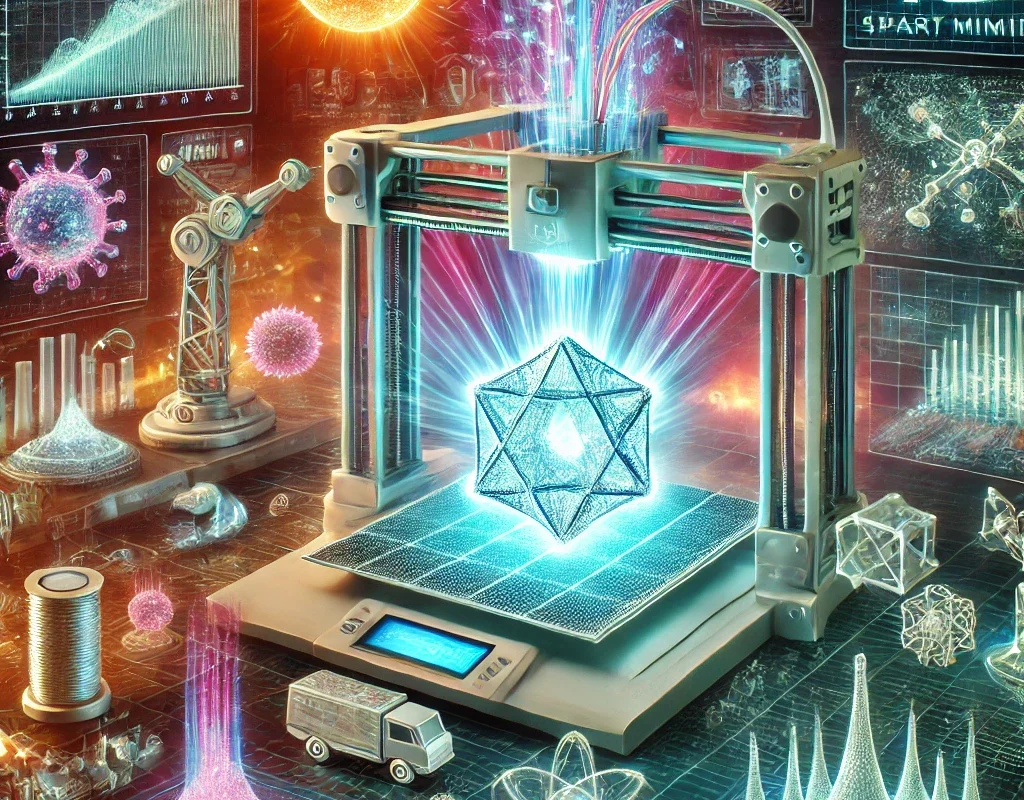

















































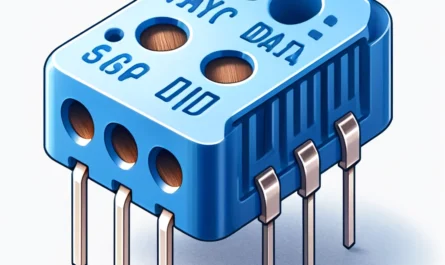
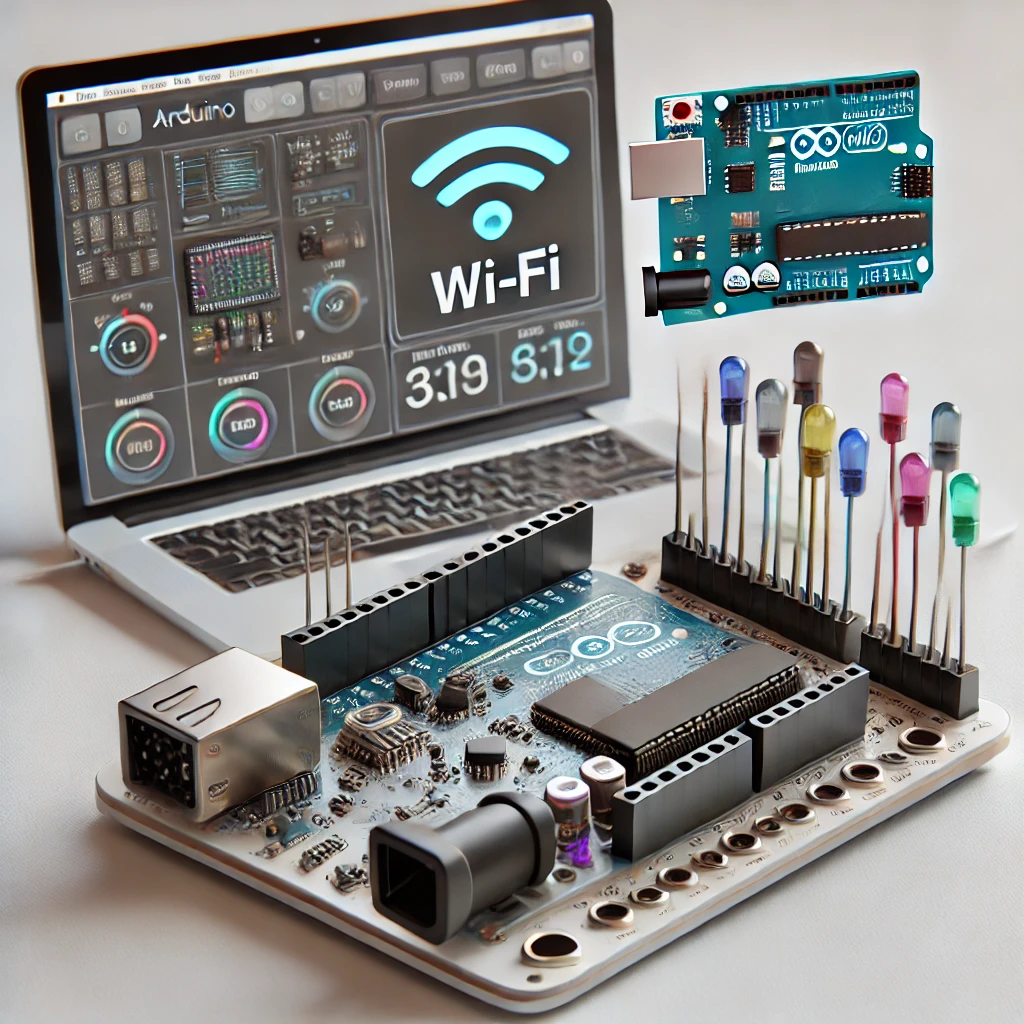

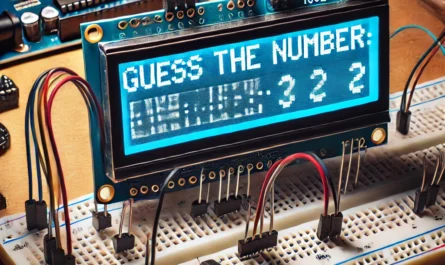
 Retro Game: Guess the Number
Retro Game: Guess the Number 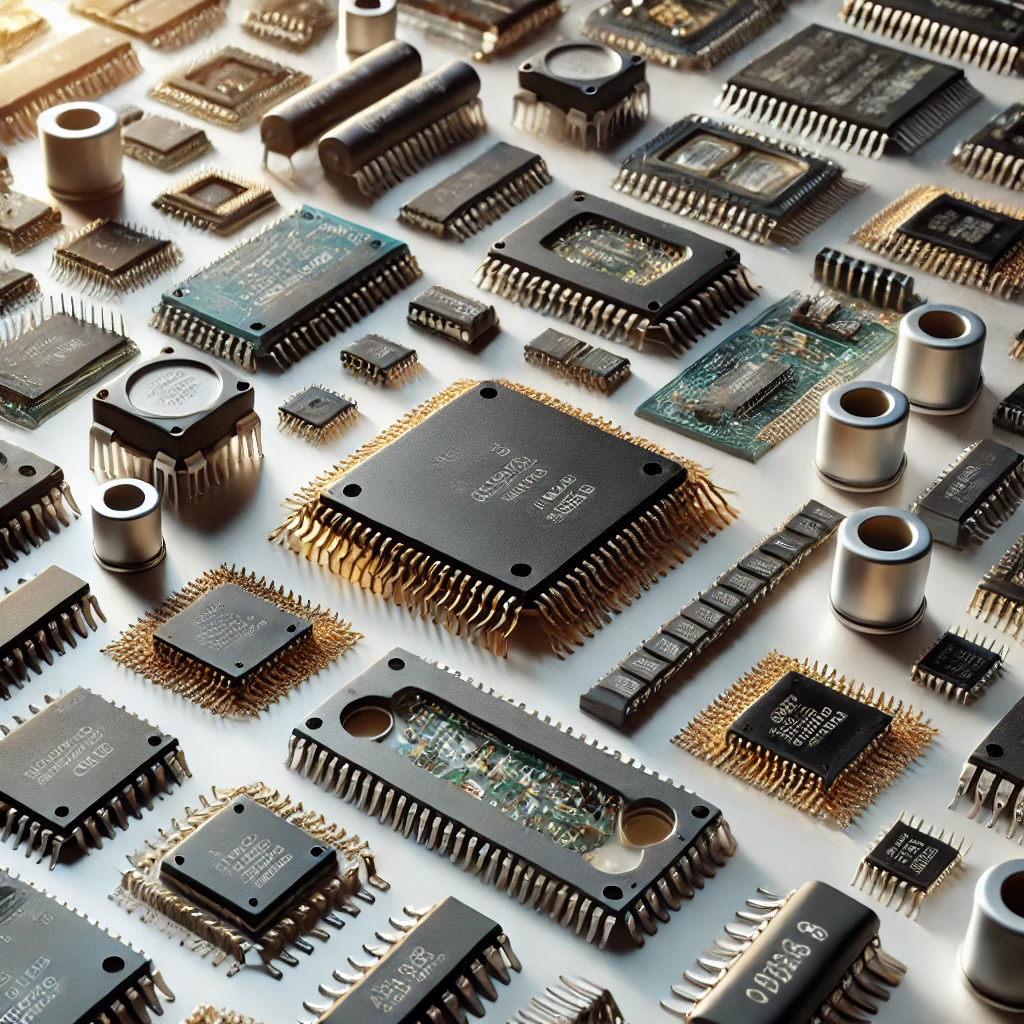
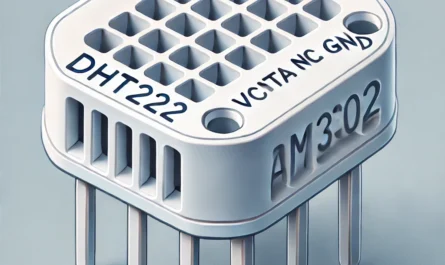
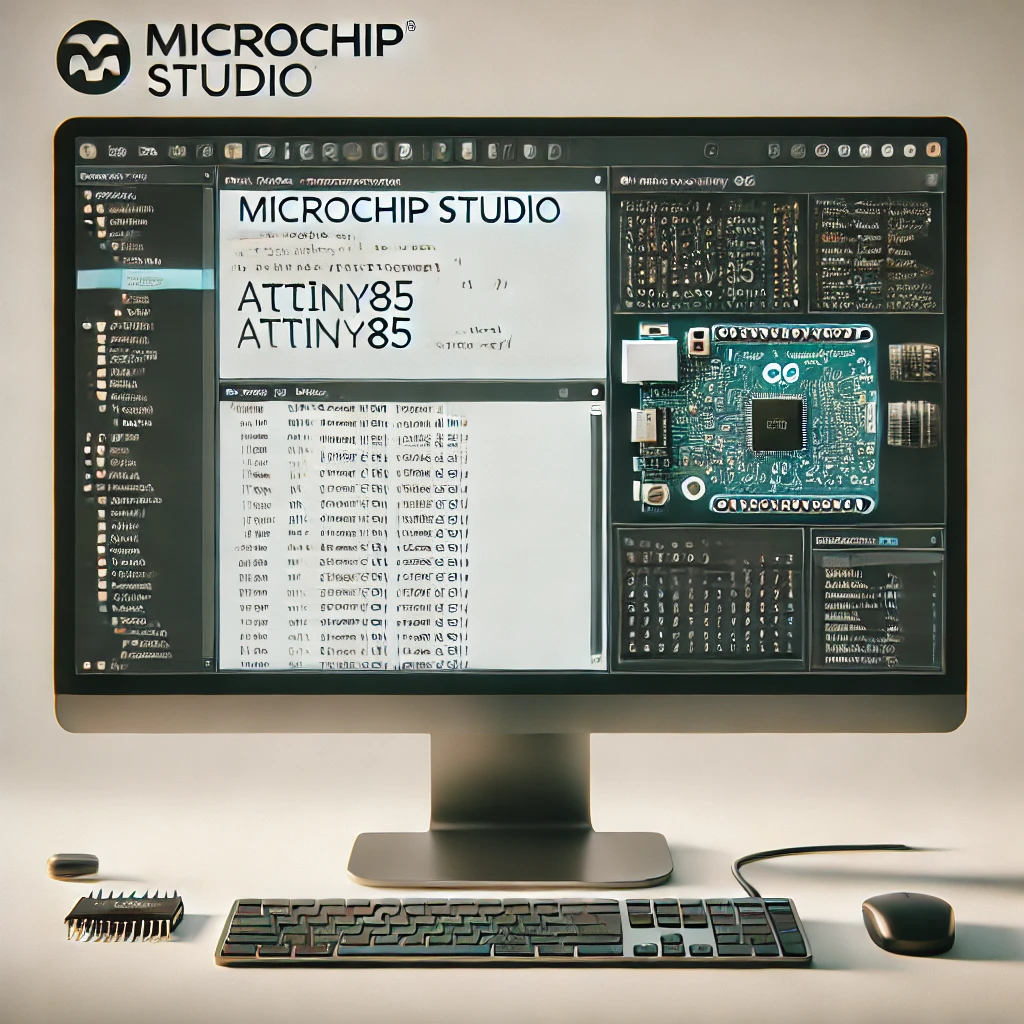
 Microchip Studio: An In-Depth Look
Microchip Studio: An In-Depth Look